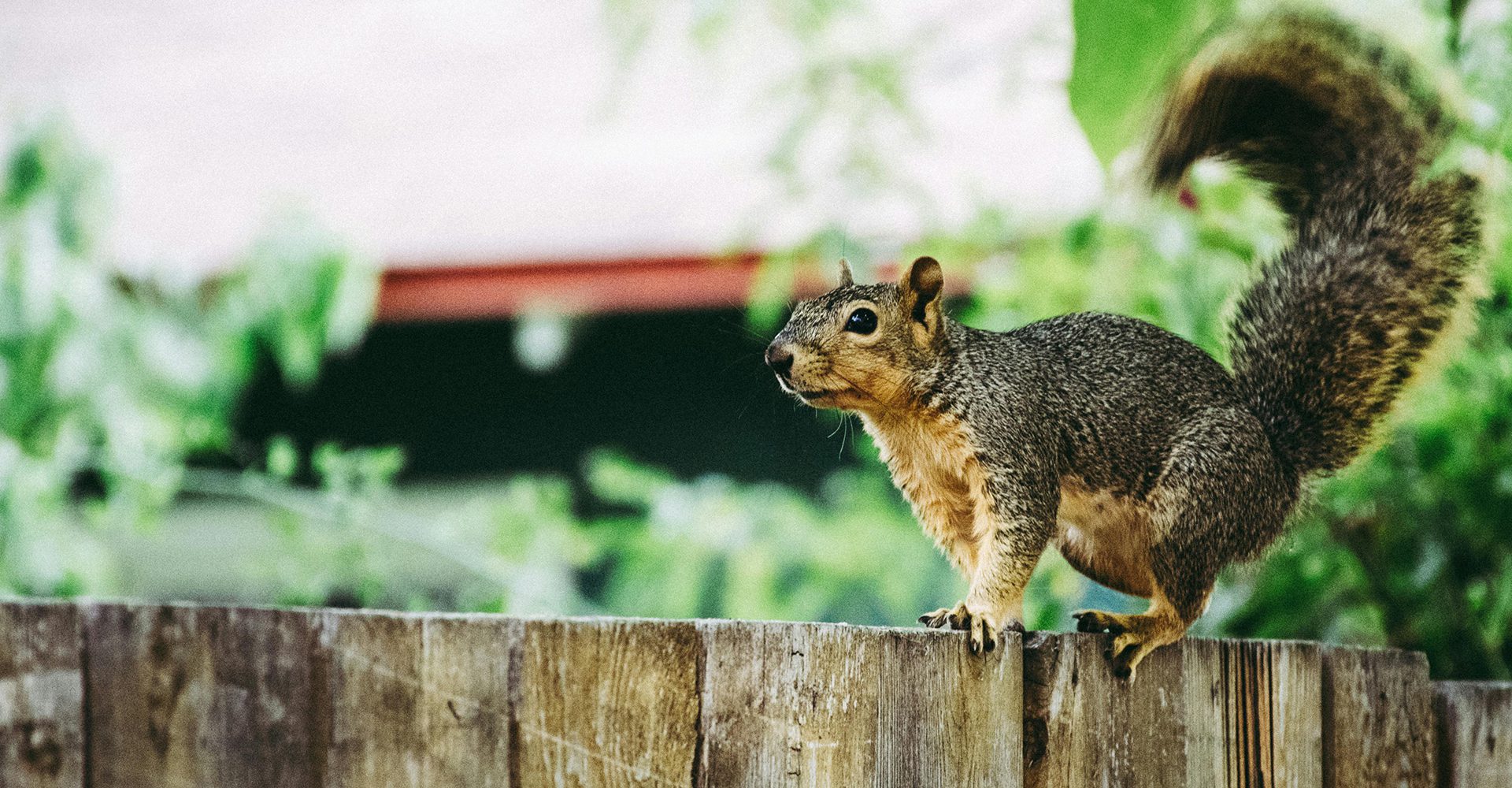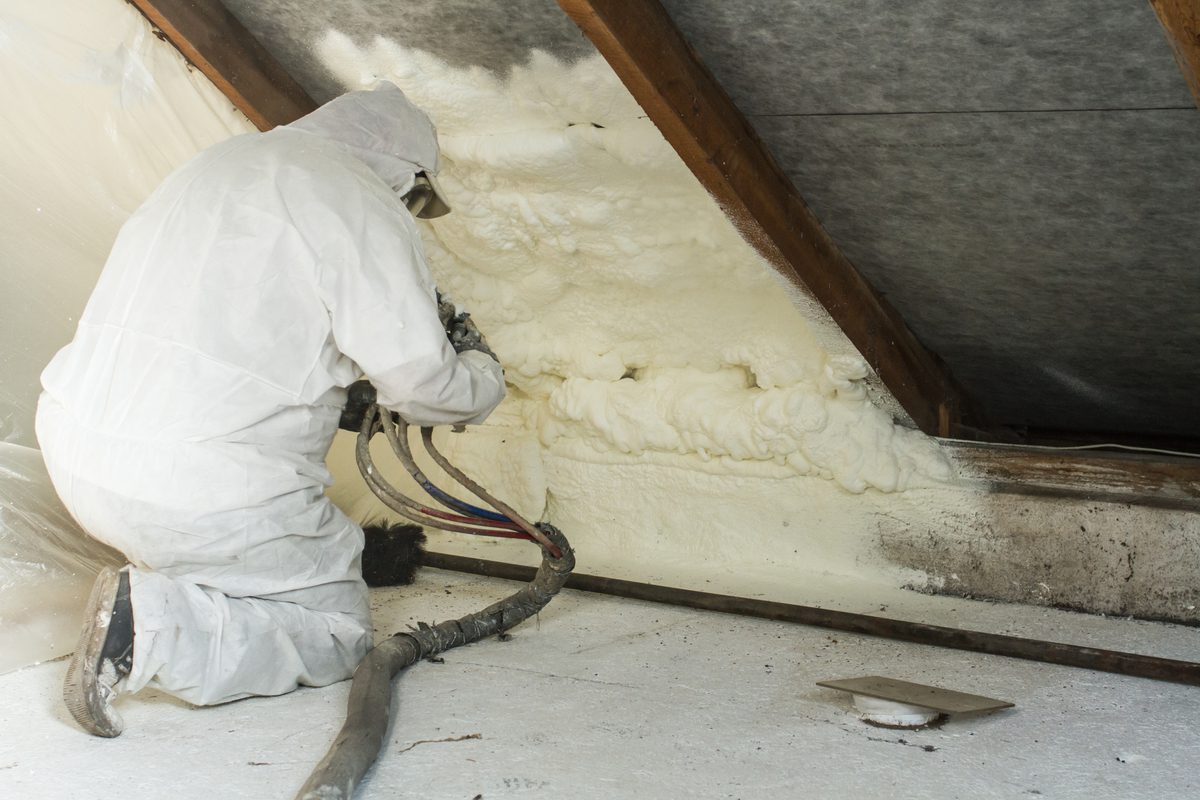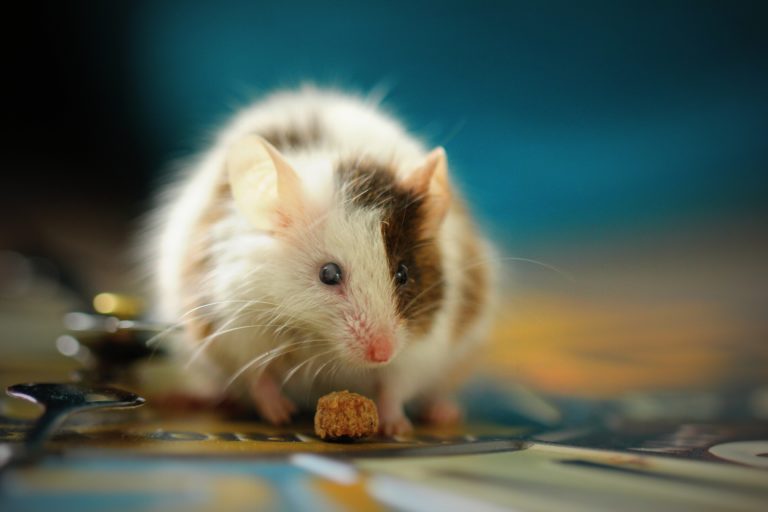Protecting Your Home’s Insulation from Rodents
Rodents, such as mice and rats, can be more than just a nuisance in your home; they can also wreak havoc on your insulation. Understanding their attraction to insulation and how they interact with it is crucial for maintaining a healthy and energy-efficient home environment.
Do rodents like insulation? If so, what kind?
Rodents are attracted to insulation for several reasons. First, insulation provides a cozy and warm environment for them to nest and reproduce, especially during colder months. Fiberglass insulation, commonly found in many homes, is a popular choice for rodent nesting due to its fluffy texture and ease of burrowing. Additionally, some rodents may also be attracted to cellulose insulation, which is made from recycled paper products, as it provides a similar nesting environment.
How do rodents interact with insulation?
Rodents can interact with insulation in various ways, depending on the type of insulation material and their nesting habits. They may burrow into fiberglass insulation, creating tunnels and nests within the material. Similarly, rodents can shred and tear apart cellulose insulation to create cozy nests for themselves and their offspring. In some cases, rodents may also use insulation as a food source, chewing on it for nutrients.
How do rodents get into insulation?
Rodents are resourceful creatures and can find numerous entry points into your home and insulation. Common entry points include gaps or cracks in walls, holes around pipes and utility lines, and vents or openings in the attic or crawl spaces. Once inside, rodents can easily access insulation through these openings and begin nesting and causing damage.
What are the health implications of rodents nesting in insulation?
The presence of rodents in your insulation can pose significant health risks to you and your family. Rodents carry various diseases and parasites, including hantavirus, salmonella, and fleas, which can be transmitted to humans through contact with their feces, urine, or saliva. Moreover, their nesting materials, feces, and urine can contaminate the insulation, leading to foul odors and indoor air quality issues. Inhaling airborne particles from contaminated insulation can exacerbate respiratory problems and allergies, particularly in individuals with preexisting conditions.
What should you do if rodents nest in your home insulation?
If you suspect that rodents have nested in your home insulation, it’s essential to take immediate action to address the issue and prevent further damage and health risks. Here are steps you can take:
- Inspection: Conduct a thorough inspection of your home to identify entry points, nesting sites, and signs of rodent activity, such as droppings, gnaw marks, and nests in the insulation.
- Sealing Entry Points: Seal any gaps, cracks, or openings that rodents may use to enter your home, paying particular attention to areas around doors, windows, pipes, and vents.
- Removal and Replacement: Remove and dispose of contaminated insulation safely, taking necessary precautions to avoid exposure to airborne particles. Replace damaged insulation with new, rodent-resistant materials to prevent future infestations. Geo Insulation can help!
- Sanitation: Clean and disinfect the affected areas to remove traces of rodent feces, urine, and nesting materials, reducing the risk of disease transmission and odors.
- Rodent Control: Implement effective rodent control measures, such as traps, bait stations, or hiring professional pest control services, to eliminate existing rodents and prevent future infestations.
By addressing rodent infestations promptly and taking preventive measures, you can protect your home, insulation, and family from the adverse effects of rodent activity. Regular maintenance and inspections can help ensure that your home remains rodent-free and insulated properly for years to come.
Rodents often seek refuge and make nesting sites within insulation materials. Understanding their behavior and the potential health implications of rodent infestations in insulation is essential for homeowners. By taking proactive steps to prevent rodent entry, remove contaminated insulation, and implement rodent control measures, you can safeguard your home against damage and ensure a healthy living environment for you and your family. If you need assistance replacing soiled insulation due to rodent activity, contact Geo Insulation today.







